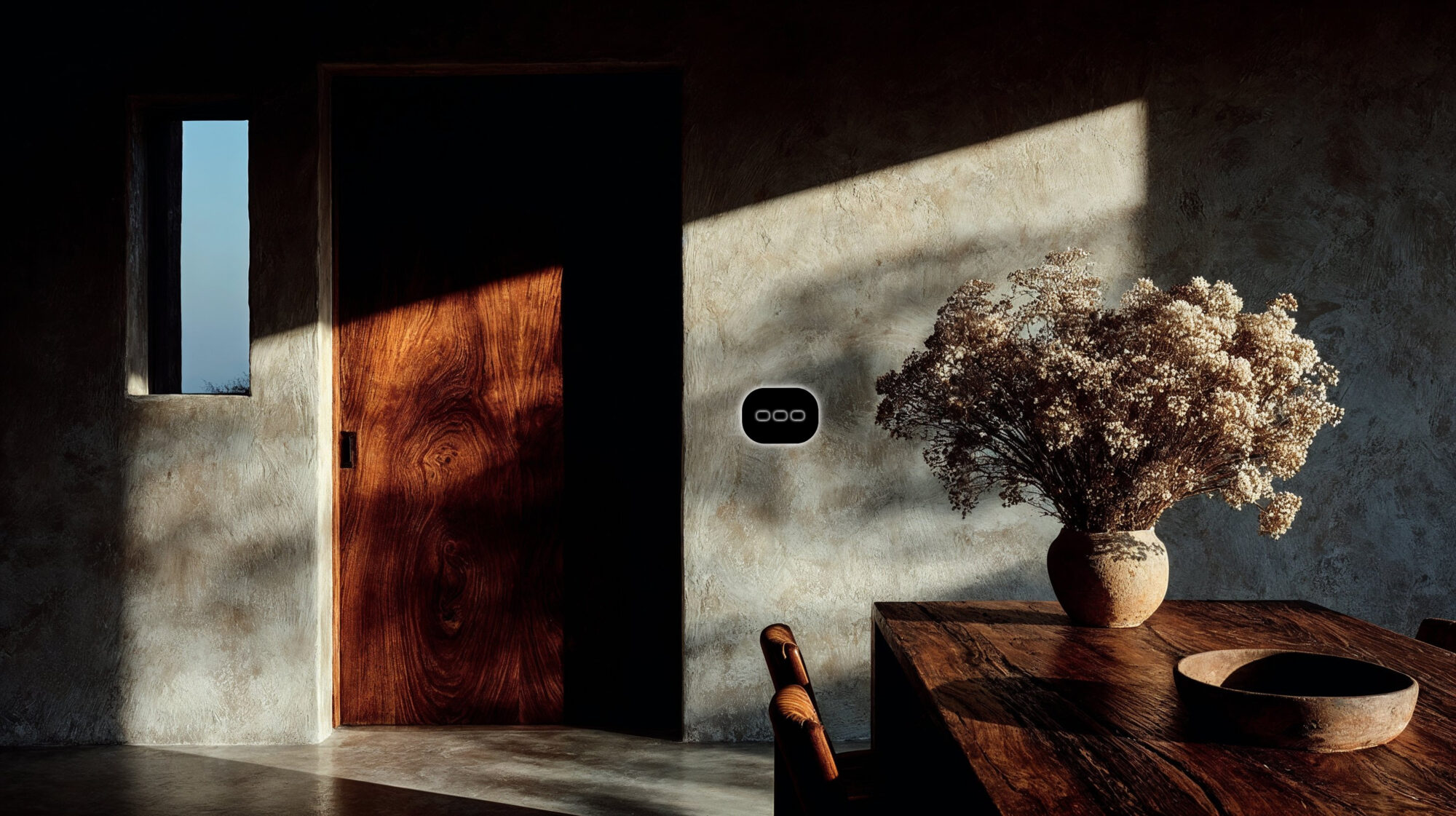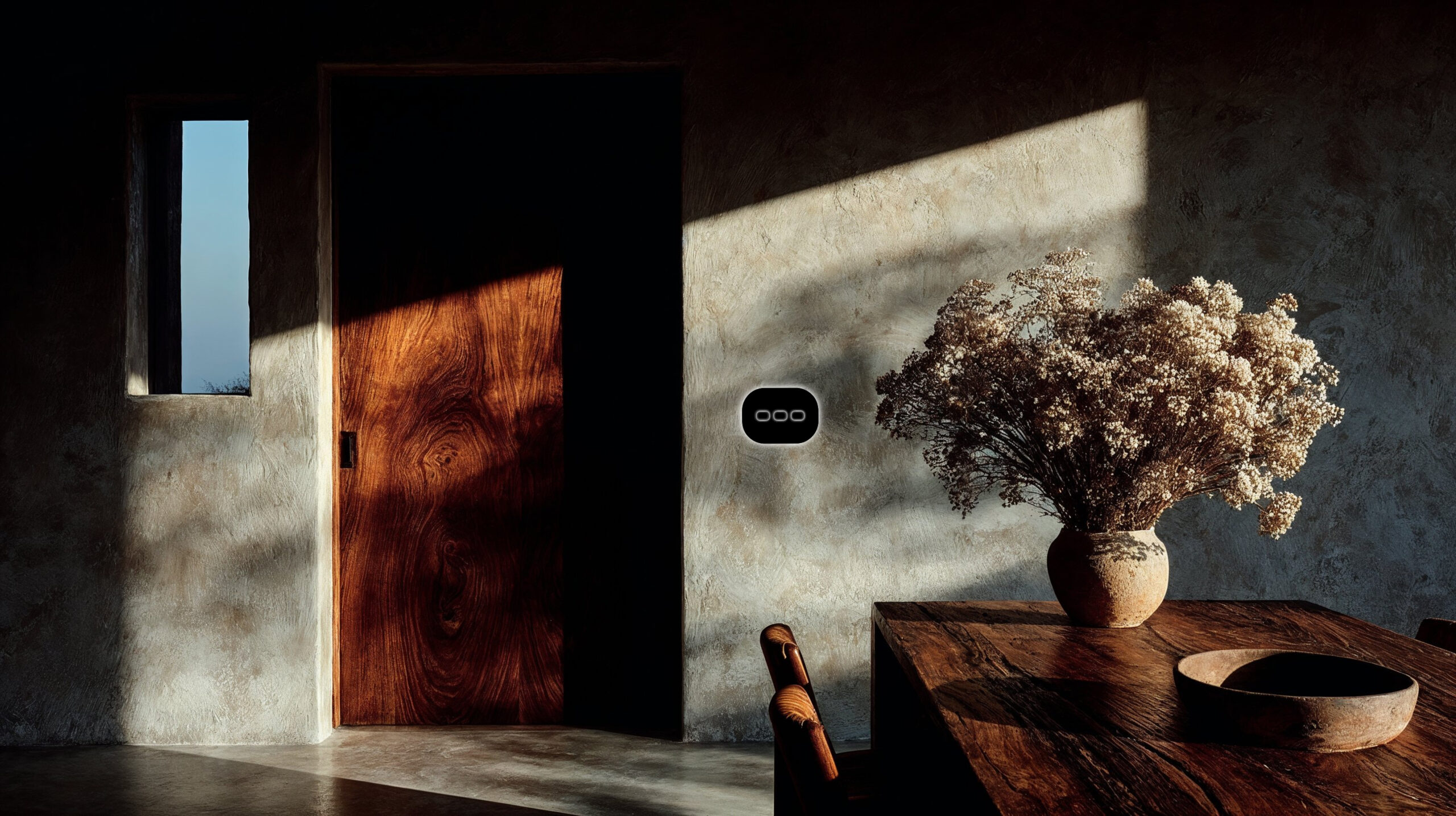
Lighting is not just about aesthetics or utility. It has a measurable impact on our physical and mental wellbeing. Scientific research increasingly confirms that light plays a central role in regulating the circadian rhythm—the 24-hour internal cycle that influences sleep, alertness, energy levels, and concentration. With smart home tools like WiOO integrated into the Apple Home ecosystem, we can now design home environments that support these natural rhythms, automatically and seamlessly.
Circadian lighting: why automation matters
In theory, we know what our bodies need: bright, cool light in the morning to boost alertness, and warm, dim light in the evening to prepare for rest. But manually adjusting light temperature and intensity throughout the day isn’t practical. We forget, we’re busy, or we simply don’t have the time—or habit—to fine-tune our lighting constantly.
This is where automation makes all the difference. With WiOO, you can set lighting scenes that shift naturally throughout the day: bright, cool light in the morning in your kitchen or workspace, and warm, low light in the evening in your living room or bedroom. Everything is configured once via Apple Home, then runs automatically.
WiOO and Apple Home: effortless personalization
Thanks to its integration with Apple Home, WiOO allows you to activate scenes automatically or through a simple voice command. No need for tech expertise—just set your preferred routines once, and your home will follow your body’s rhythm without intervention.
A “Wake-Up” scene might slowly brighten your bathroom and kitchen lights with a cool tone around 5000K. An “Evening Wind-Down” scene might bring lights below 3000K and gradually fade them toward bedtime. These small changes, implemented consistently, can have a meaningful impact on sleep quality and daytime focus.
With WiOO, lighting becomes more than just a fixture—it becomes a daily wellness tool that adapts to your life, naturally and effortlessly.
